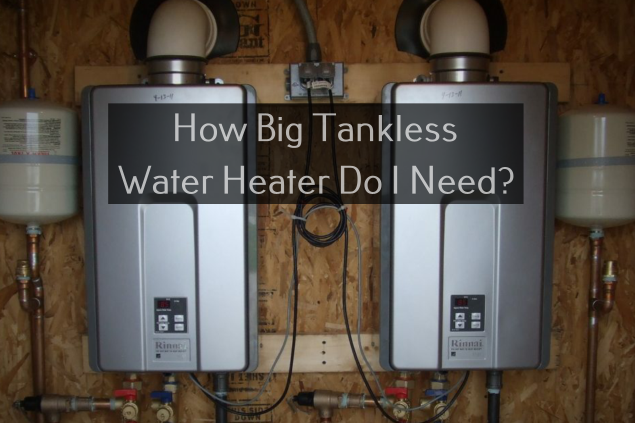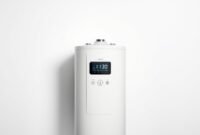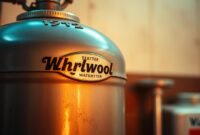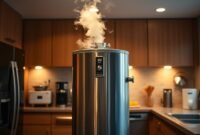Are you contemplating upgrading your current natural gas water unit or electric model to a new tank water heater? Deciding on the perfect size of heater for your home to meet your household’s water heating requirements can be daunting, given the myriad tank capacity options available, each offering a different number of gallons.

The explanation below may help you answer your question about how big of a water heater I need in an easy-to-understand way.
How Big of a Water Heater Do I Need?
The larger your household, the greater your gallons of hot water usage will be. To accurately pinpoint the optimal size for your water heater, it’s essential to consider the peak hour demand, as the number of users directly influences the necessary tank and tankless water heater capacity.
To come up with an accurate answer, you need to estimate the amount of hot water the household uses during the “peak” hour. However, it can also be roughly estimated from the number of your family members alone, which would be:
- 1 – 2 people: 30 to 40 gallons
- 2 – 3 people: 40 to 50 gallons
- 3 – 4 people: 50 to 60 gallons
- More than 5 people: 60 to 80 gallons
So, take an example. Suppose you wonder what size water heater is for a family of 4. Generally, any tank between 50 gallons and 60 gallons would suffice. Remember that the chart above is a highly general guideline that yet to factor in the busiest hour your family uses the water heater – because each of the tank-style water heaters has a first-hour rating that refers to how many gallons of water it’s capable of delivering in the first one hour in complete condition.
Read also: Capacity Of A Water Heater
How Big of a Tankless Water Heater Do I Need?
Tankless water heater sizing is determined by the maximum achievable temperature rise at a given gallons per minute (GPM) flow rate. Hence, calculating your required size involves estimating the flow rate and the temperature rise needed during peak usage, a critical step for gas water heaters and electric models.
Calculate the maximum number of appliance numbers to run simultaneously and their total flow rate (gallons/minute). The result is the required flow rate for the water heater.

Calculate the desired temperature increase by subtracting the input temperature from the desired output temperature. The general assumption of input temperature is 50°F, but the number is likely higher if you live in an area with a warmer climate.
Read also: Tankless Water Heater Drain Pan Code.
For example, on average, showers have a temperature of 105°F and utilize about 3 gallons of water. Assuming you want the water heater to supply two showers simultaneously and the input temperature is 40°F, how many temperature increases will you require?
The water temperature needs to be increased from 40°F to 105°F, and you need to heat 6 (3×2) gallons of water. Therefore, you want a tankless water heater that can generate a minimum of 60°F of temperature increase at 6 gallons/minute.
Water Heater For Radiant Heat?
Water heaters can provide radiant floor heating and maintain low temperatures. In general, you’ll need only 120°F of heat at maximum. A well-insulated house won’t need more than 15 Btu/sq ft/hour. So, if you have a 2,000 sq ft house, you need about 30,000 Btu/hour water heater.
With most families averaging four members, a storage tank water heaters option with a 50-gallon capacity often suffices.
However, whether you’re leaning towards a traditional tank model or exploring tankless water heaters, understanding your hour rating FHR and gallons per minute (GPM) requirements is crucial for an efficient system.
Natural gas models could benefit households with high hot water consumption due to their efficiency in heating water. When comparing tank and tankless water heaters, evaluating the initial cost and the long-term savings in energy usage is essential.
Remember, the number of gallons your family needs during peak times dictates the size of the tank capacity you should consider.


